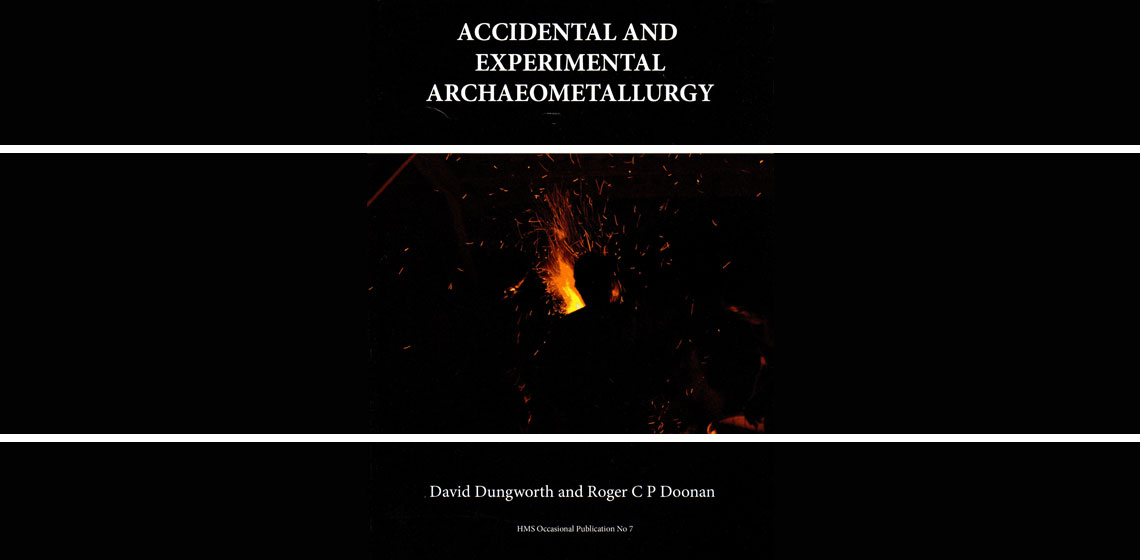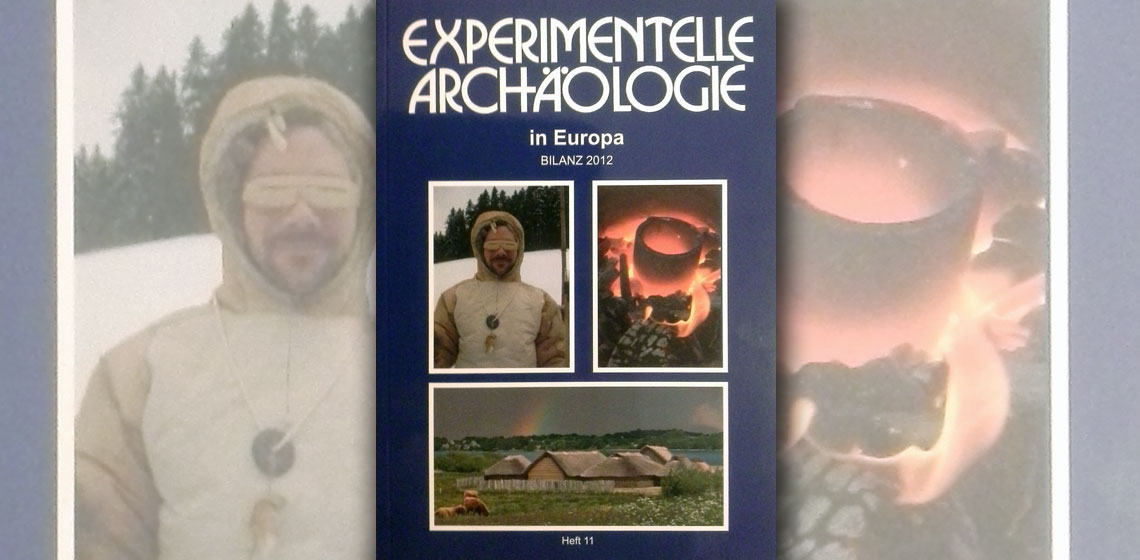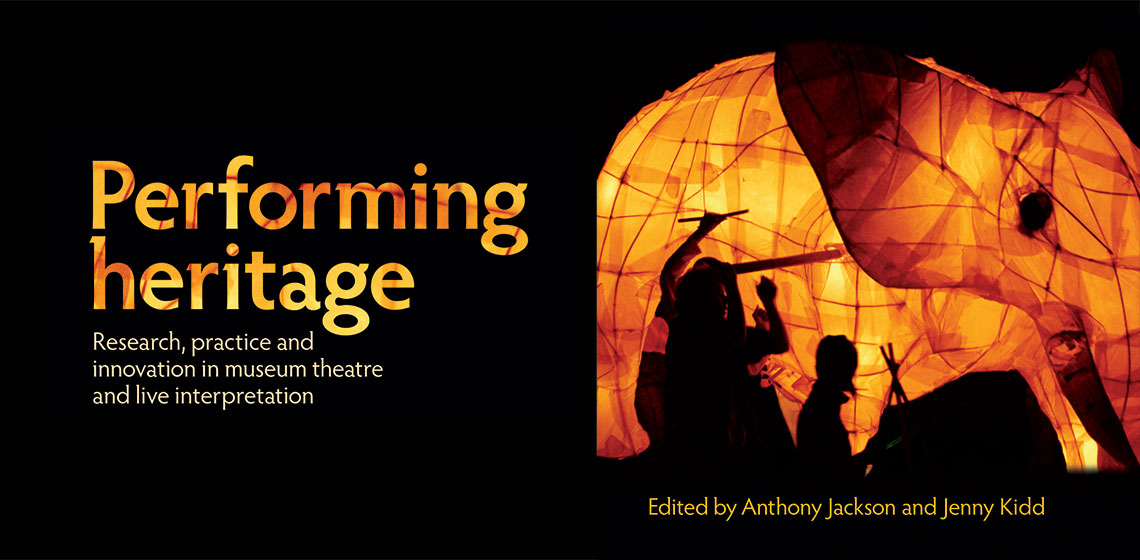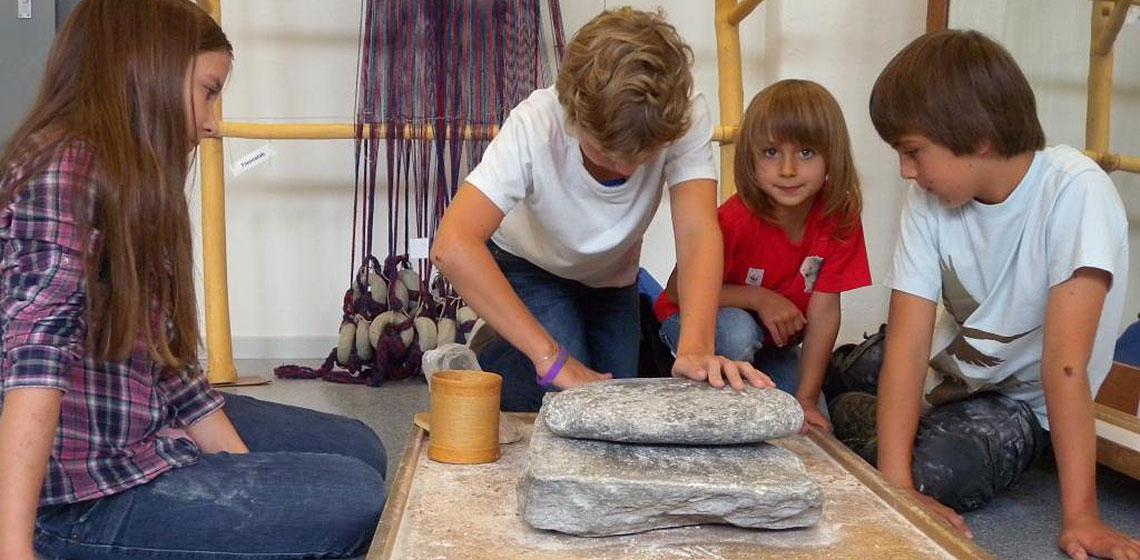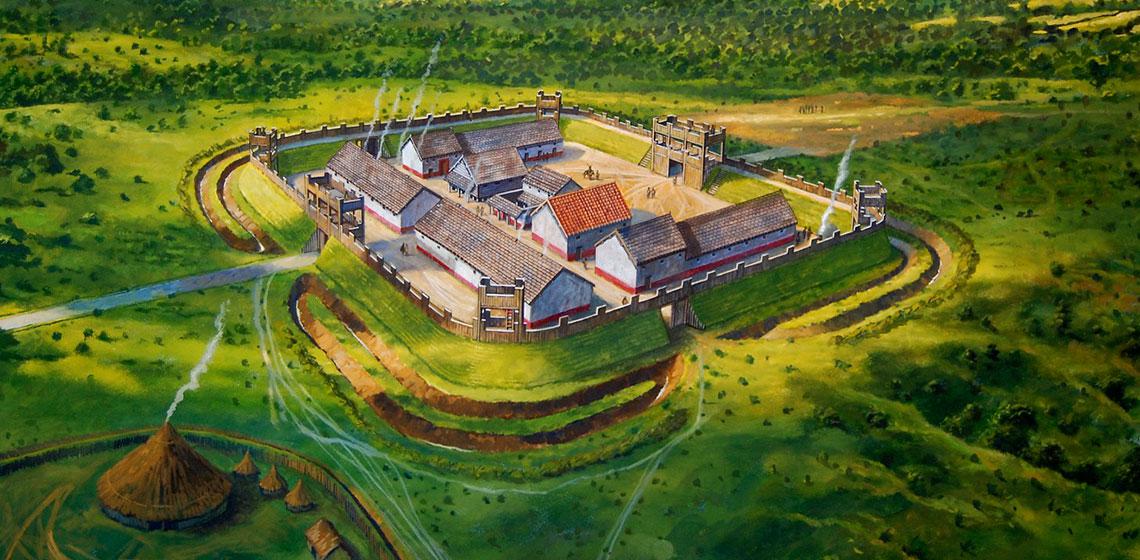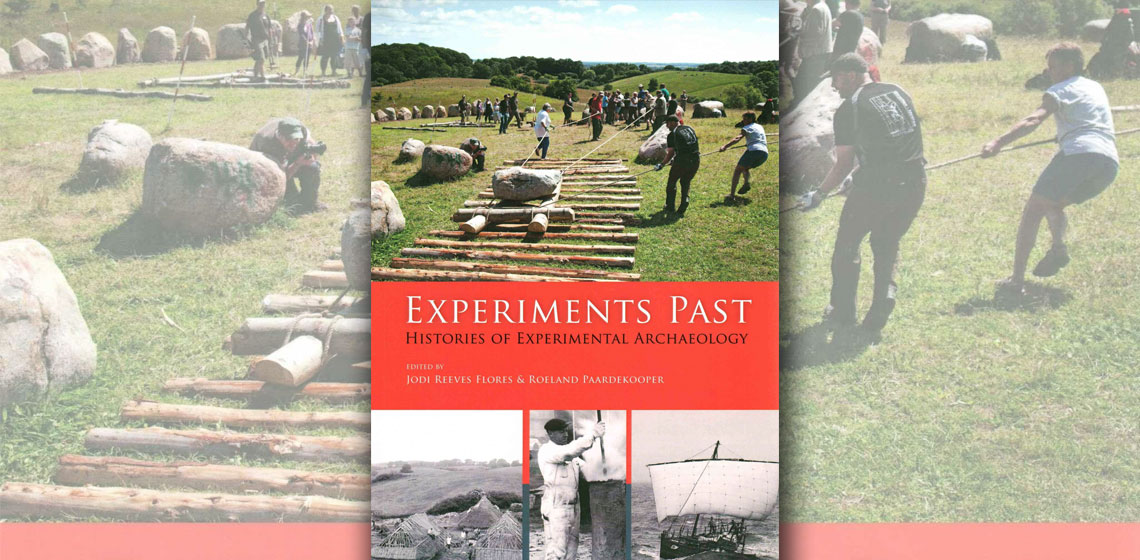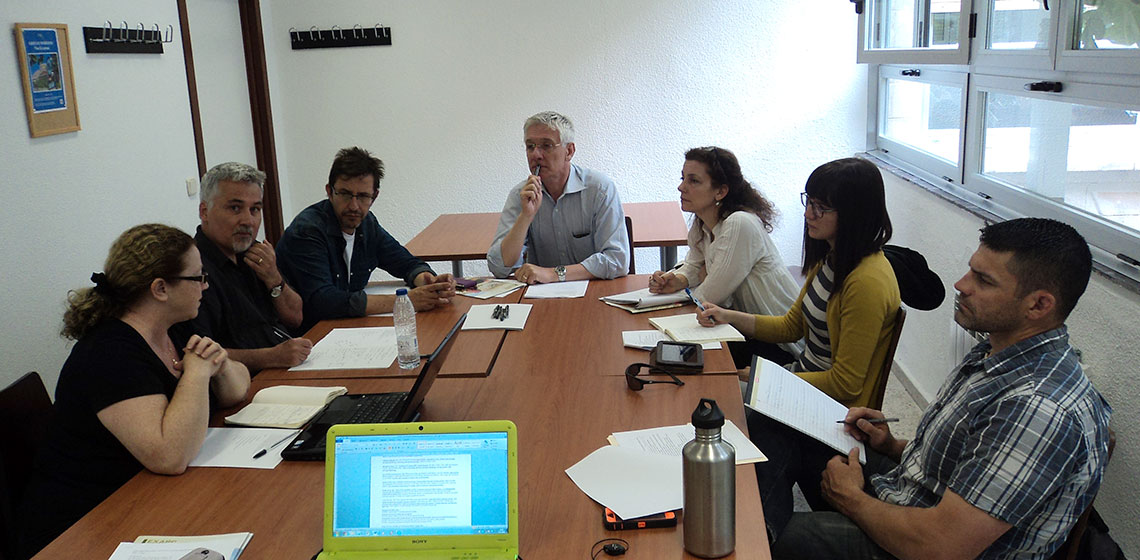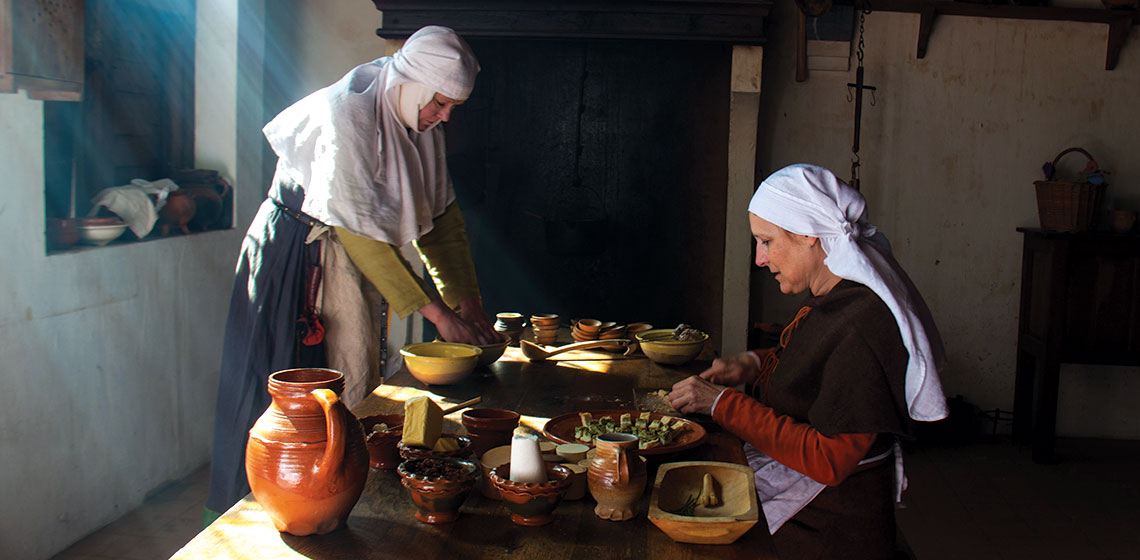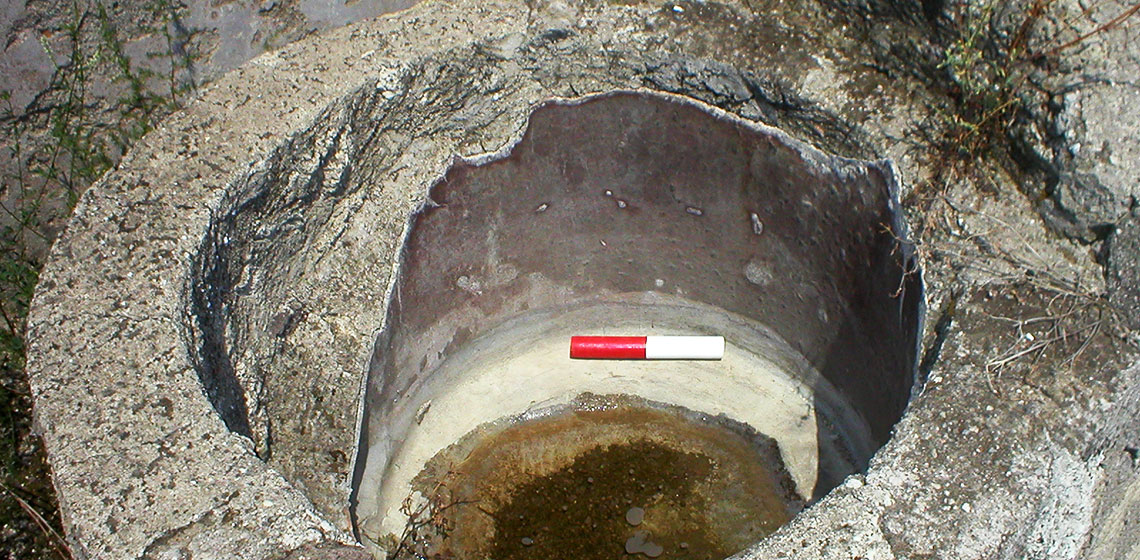Roman Era
Dave Budd MA
I gained my MA in Experimental Archaeology from the University of Exeter in 2003. Since then I have worked as a blacksmith (specifically a tool maker), specialising in archaeologically accurate reproductions.
Book Review: Experimentelle Archäologie in Europa, Bilanz 2012
***According to James Mathieu in 2002, experimental archaeology is “A subfield of archaeological research which employs a number of different methods, techniques, analyses and approaches within the context of a controllable imitative experiment to replicate past phenomena...
Book Review: Performing Heritage: Research, Practice and Innovation in Museum Theatre and Live Interpretation by Anthony Jackson & Jenny Kidd (eds)
Kantonales Museum für Urgeschichte(n) Zug (CH)
The museum conserves, analyses and imparts knowledge about the archaeological finds of the Canton of Zug dating from the Paleolithic to the Early Middle Ages.
The museum conserves, analyses and imparts knowledge about the archaeological finds of the Canton of Zug dating from the Paleolithic to the Early Middle Ages...
Park in The Past Community Interest Company (UK)
Park in The Past is an ambitious plan to restore an old sand and gravel quarry near Hope, in Flintshire to create a unique ancient environment based on the 1st Century AD - at the very moment when the Roman Legions arrived, bringing with them new technologies and a new culture - changes that some call the beginnings of our Nation State.
Book Review: "Experiments Past" Edited by Jodi Reeves Flores & Roeland P. Paardekooper
From the Minutes of “Universities & Experimental Archaeology” Roundtable Discussion 7th May 2014
Event Review: Food Workshop in Archeon at the OpenArch conference 2013
***Food and drink are basic needs for every human being. From the perspective of our modern culinary practices, with all its specialities and customs, the traditional cuisines, and especially the pre- and protohistoric dishes, seem not only very far away, but also very primitive and have a negative connotation...
Investigating the Influence of the Kettle Material on Dyeing in the Industry of Pompeii
***Dyeing, especially in bright, intense colours, has been one of the methods used to embellish textiles and add to their value. A considerable dyeing industry can be shown to have existed in Pompeii. The city of Pompeii was destroyed in a volcanic eruption in AD 79, but its remains were preserved in situ...

